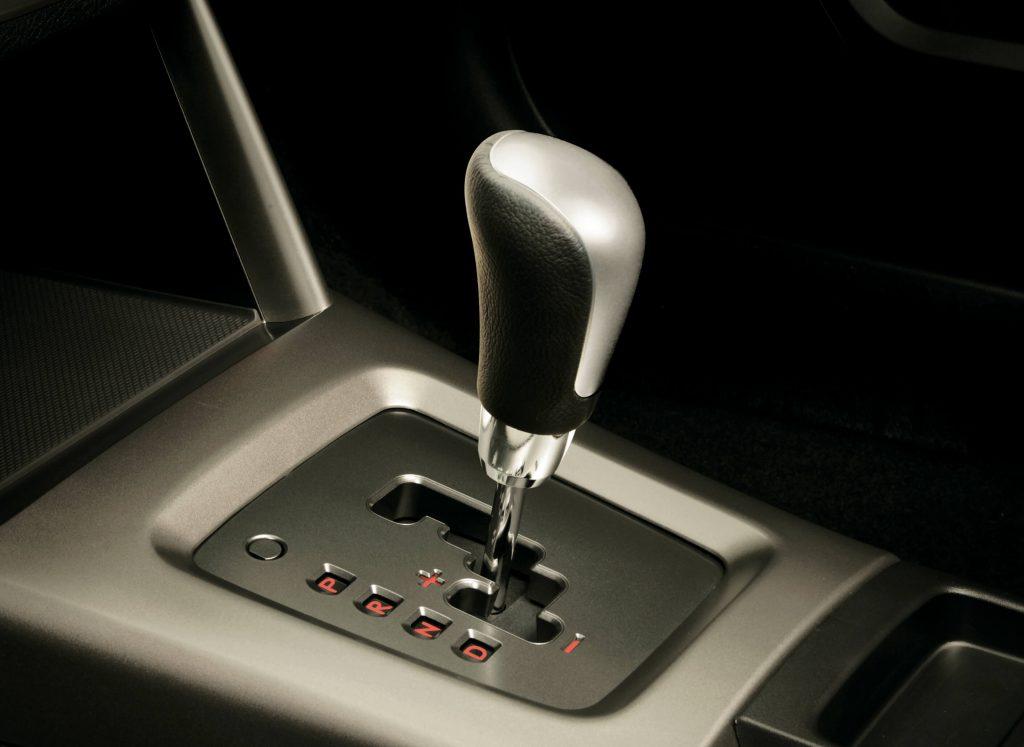What Happens If You Put Your Car in Reverse while Driving?
Driving on an empty road, if a question comes to your mind about what happens if you put your car in reverse while driving, do not even think of trying it! As experimenting with it on your car; may turn out to be a bad experience of life. However, if you still looking for an answer, check out the following results to know exactly what happens in this experiment.
How Does Reverse Gear Work In Your Car?
Reverse gear in a car is a feature that allows the vehicle to be driven backward. When you engage the reverse gear, the transmission system alters the direction of rotation of the wheels, enabling the vehicle to move in the opposite direction.
Here’s a simplified explanation of how reverse gear works:
- Reverse gear ratio: The reverse gear in the transmission has a specific gear ratio that is different from the forward gears. This gear ratio is designed to provide the necessary torque to move the vehicle backward.
- Shifting into reverse: To engage reverse gear, you typically need to come to a complete stop or have the clutch pedal fully depressed if you drive a manual transmission car. The exact process may vary depending on the car make and model, but it usually involves moving the gear shifter to a specific position, often indicated by an “R” on the gear shift pattern.
- Vehicle movement: Once the reverse gear is engaged, releasing the clutch pedal or, in the case of an automatic transmission, pressing the accelerator gently will initiate the backward movement of the vehicle. The power from the engine is transmitted through the reverse gear, causing the wheels to rotate in the opposite direction, propelling the car backward.
What Happens if You Put Your Car in Reverse While Driving- Let’s Check it Out!
To get the relevant answer, the cars are first categorized based on their transmission. Now, with no more fuss, let’s find the answer.
1. Modern cars with automatic transmission
For automatic transmissions, generally, when the car is shifted into reverse gear, nothing happens. That’s true! This is because the automatic cars are embedded with a function named “reverse Inhibit,” which doesn’t allow the system in the vehicle to follow the instructions.
When the reverse gear is selected in a high-speed vehicle (modern), the car would react according to the reaction installed in it. For instance, some cars may turn on the reverse camera (if present) while others may display a message on screen –“ are you trying to reverse pal, I’ll not let you do it unless you reach the appropriate speed.”
-

Check out what happens if you put your car in reverse while driving. Source: AutoYas
Read more:
2. Modern Cars with Manual Transmission
When it comes to trying the same action in the manual car to find out what happens if you put your car in reverse while driving, then the repercussions may be different.
Firstly, the car with manual transmission has physical locks. Therefore, when someone tries to shift the gear into reverse while driving, it is next to impossible. However, if you still force the gear to shift into reverse while driving forward, this means you’re compelling the car’s system to do something that it is not willing to do.
In other words, if you continue trying the action, it may be dangerous for the transmission system. Technically, the synchronizers in a manual car are designed in a way that they only change the transmission speed for a smooth drive. So, in this case, when reverse gear is attempted, the synchronizers may try to match with the shaft speed.
And, in this process, a large amount of heat could be generated that ultimately would cause tire wear, smoke, and a large squealing noise. Simply put, this means a lot of potential damage to different car components along with the transmission system.
Knowing more about the consequences of this action in the video:
3. Older cars- Speaks a different story!
In old cars, the transmission systems usually don’t have a “Reverse Inhibit” function. So, in this case, shifting the car into reverse gear while moving forward; may stall the engine. In other words, the car would slow down as if it’s in neutral transmission.
-

Finding out what happens if you put your car in reverse while driving. Credit: Raoul Pop
Final Thoughts
When the driver tries to push the gear lever to R, the gearbox reacts immediately. The gears rub against each other causing audible grinding sounds. Depending on the speed and time of pressing reverse gear while the vehicle is running, the transmission can be damaged to different degrees. Therefore, shifting into reverse gear on a manual transmission car while driving is not recommended.














